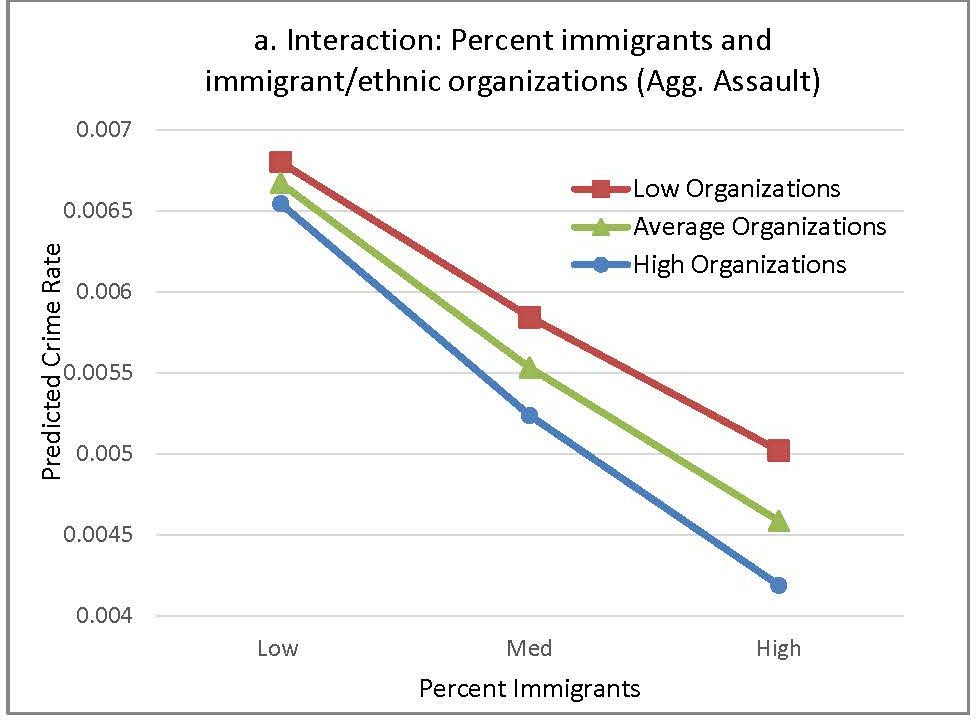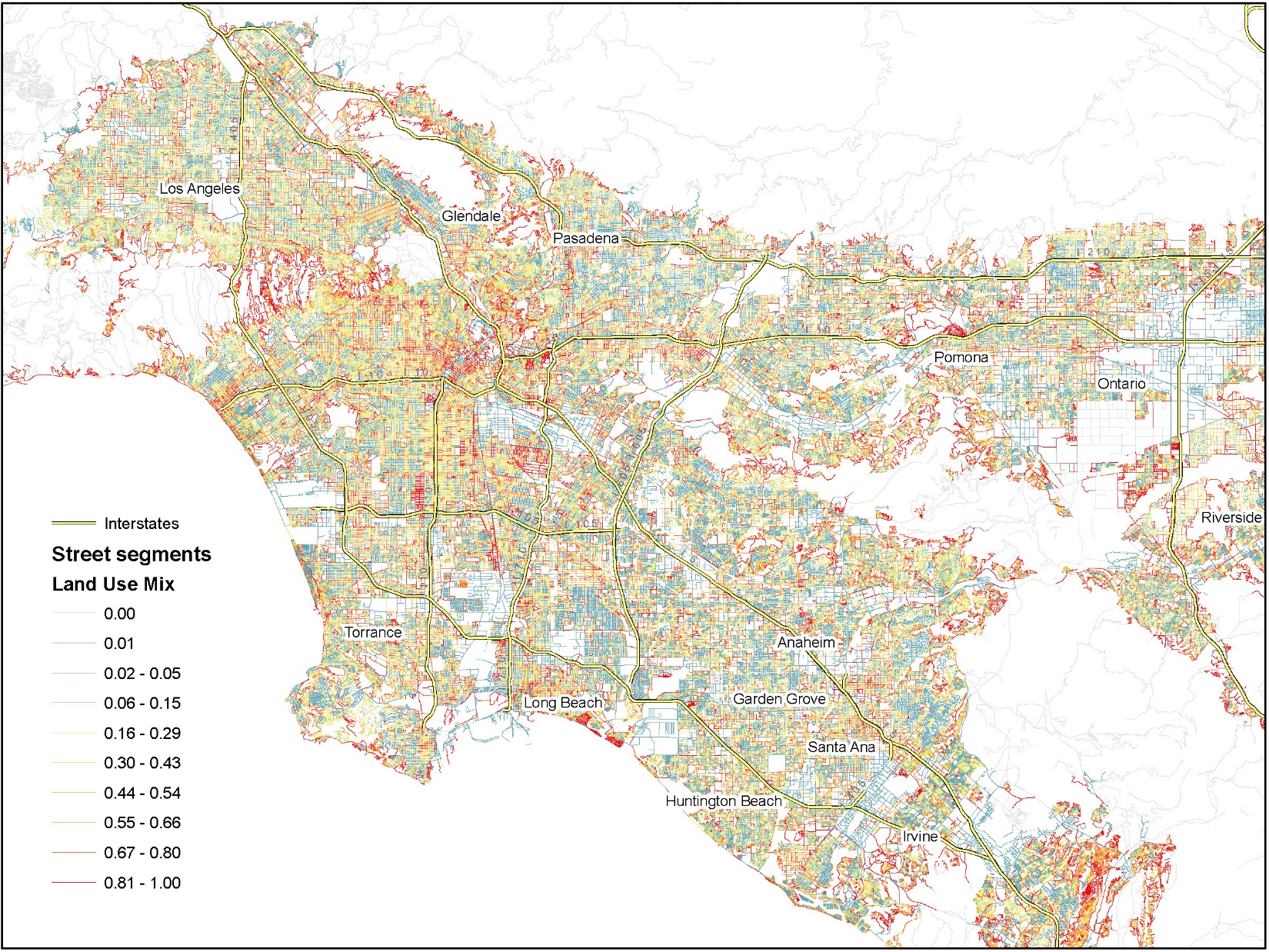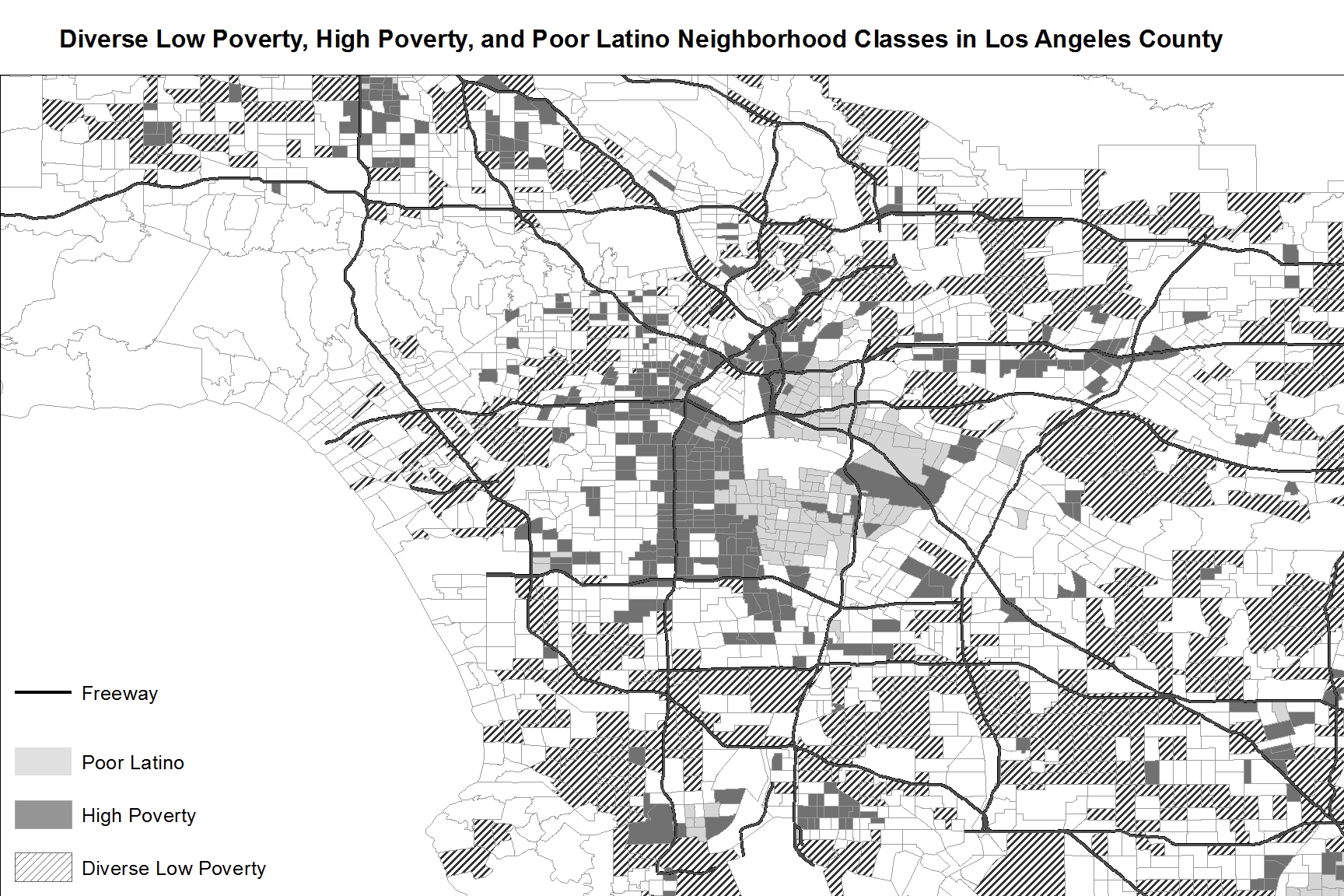Criminologists often compare neighborhoods at a point in time to determine which ones have more crime. It is also the case that criminological theories are then tested based on these differences across neighborhoods. However, it is possible that how a neighborhood is changing may matter for how levels of crime change. In some cases, crime may increase regardless whether the neighborhood is improving or declining based on some measure. We show that there are indeed important effects for types of neighborhood change and how crime changes with decade over a decade in the Southern California region.
You can access the article by Dr. John R. Hipp and lab member Xiaoshuang Iris Luo in the journal Criminology entitled, “Improving or Declining: What are the Consequences for changes in local crime?”.
[Read more…] about Lab publication on improving or declining neighborhoods and crime


